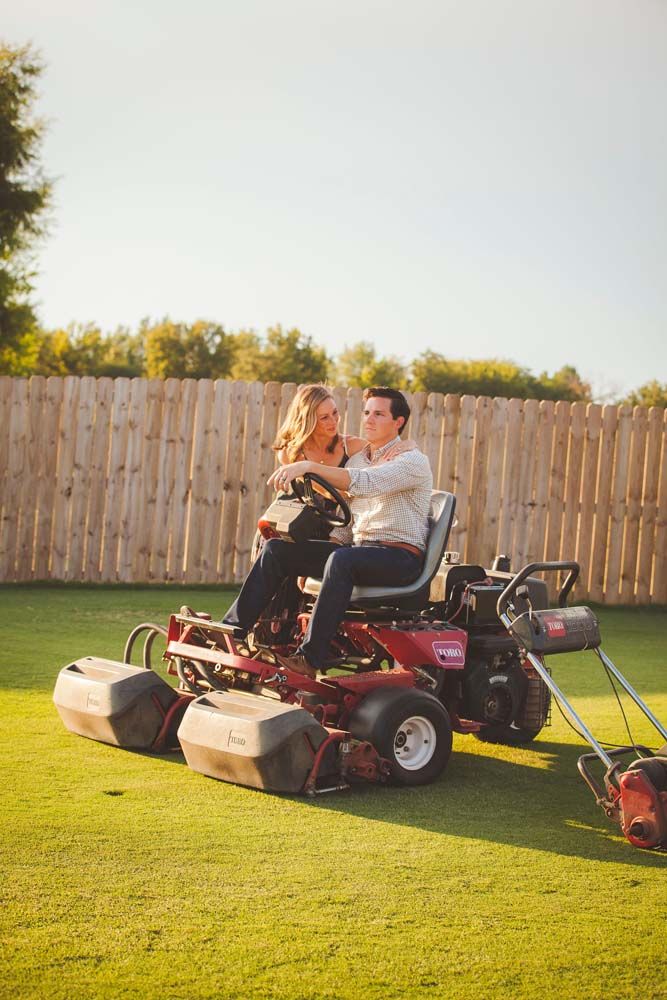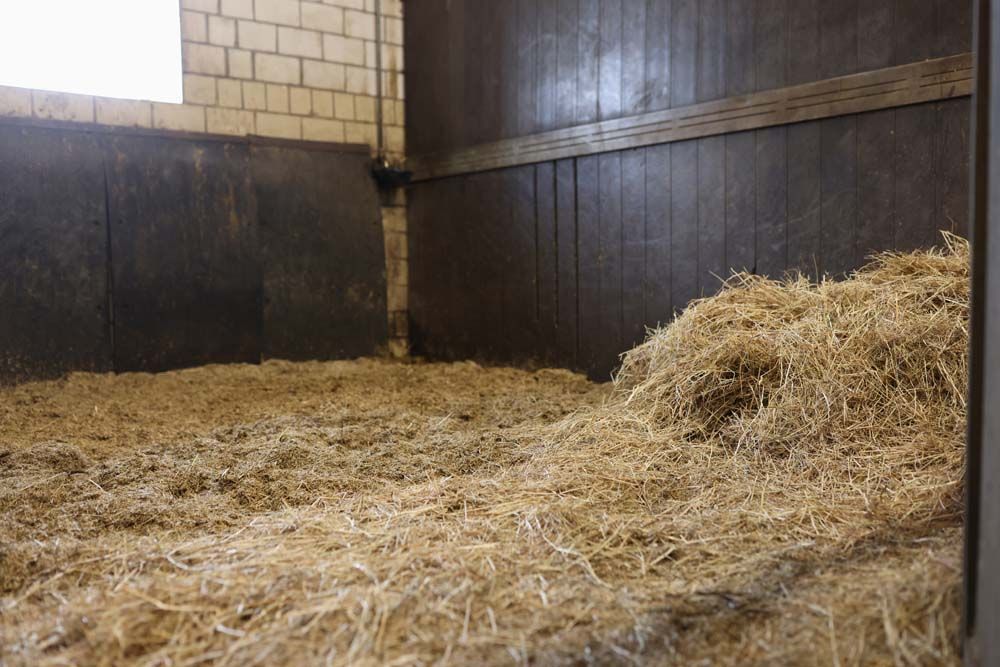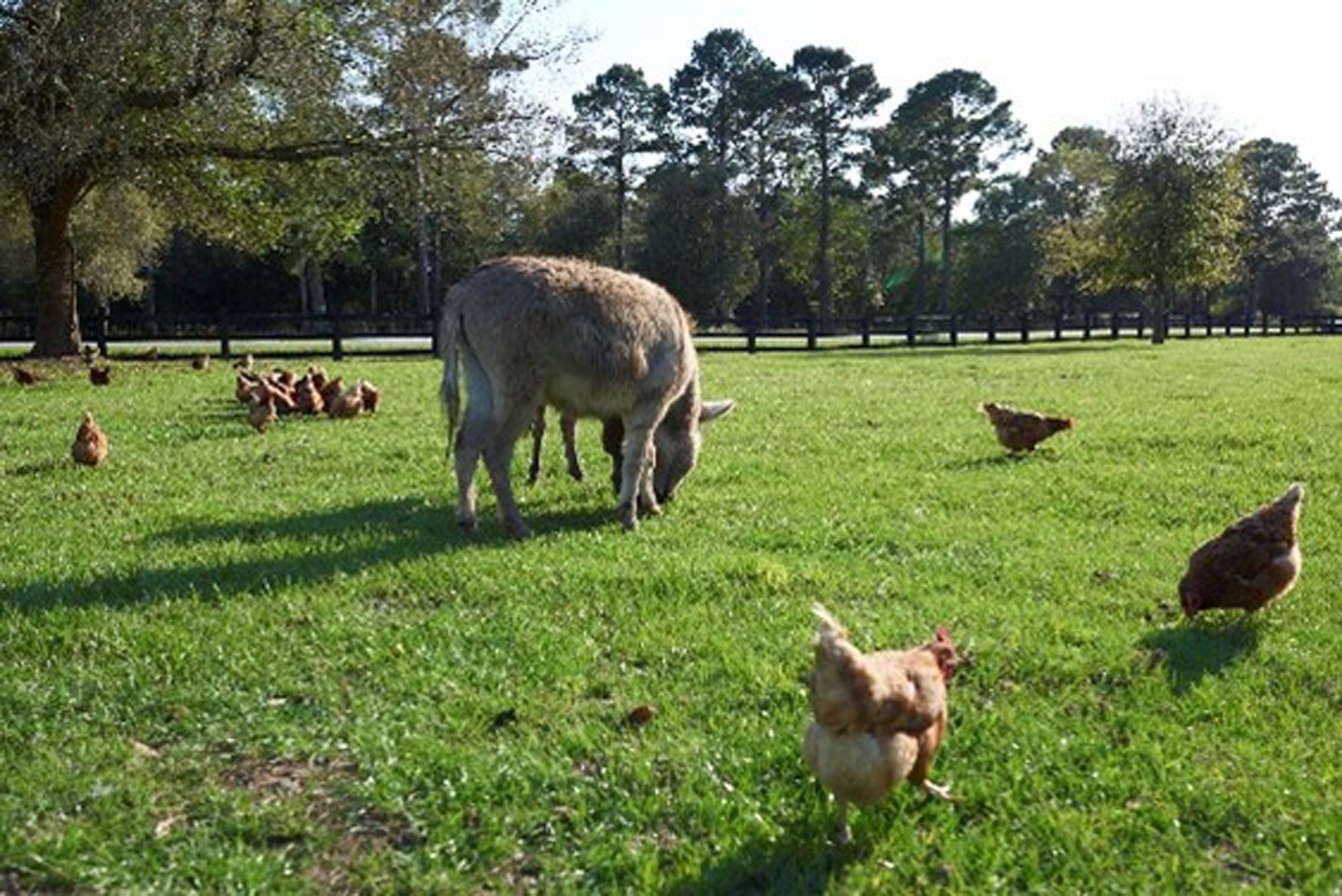Milkweed & Monarchs
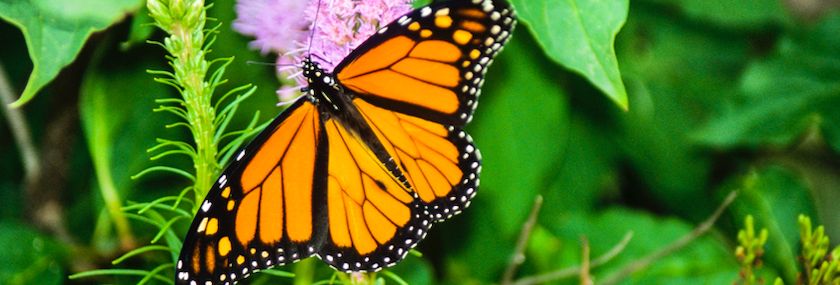

A match made in heaven
You’ve likely seen wild milkweed plants in a field or pasture, slowly creeping in along the edges and appearing quite out-of-place among the fescue or ryegrass. And maybe you’ve also seen attractive Monarch butterfly caterpillars crawling up and down the milkweed, feeding on their host plant. The plant and the caterpillar are so intertwined that to explore one, you really have to look at the other.
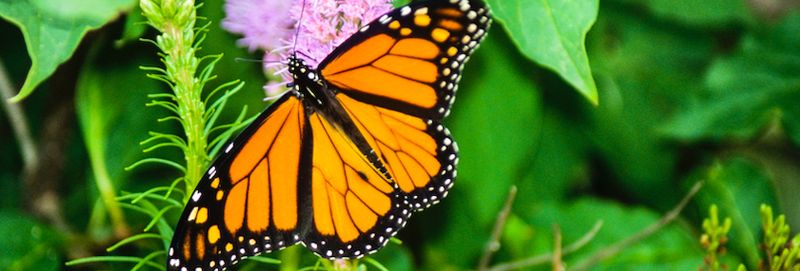
Let’s take a look at milkweed and its tagalong larva, and explore whether the plant and the mature butterflies are a good fit for your property.
Here are three key points to remember:
1. Monarch caterpillars are no threat to crops. Caterpillars grow rapidly, and are in general notoriously voracious eaters, a trait that has been comically portrayed in children’s media like The Very Hungry Caterpillar and A Bug’s Life. Because of their healthy appetites, some caterpillars—such as tent caterpillars—can be damaging to gardens or crops. But Monarch caterpillars are no danger in this sense, and are safe to have around because they only eat milkweed leaves. They won’t destroy your fruit trees; they won’t munch your tomato plants into oblivion. They just want to eat milkweed.
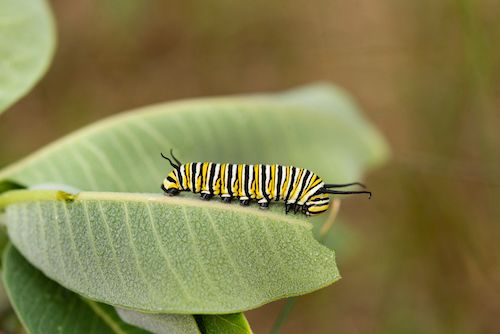
2. Monarch butterflies are good pollinators. While bees rightfully get the lion’s share of pollination praise, Monarch butterflies are fine pollinators in their own right, deftly transferring pollen between many flowers as they search for the nectar that energizes their day. For this reason, you might want to attract Monarchs to your farm by planting milkweed.
3. Monarch populations are on the decline, but you can help. A variety of factors—including pesticide/insecticide use and loss of their habitat due to development—have caused Monarch butterfly numbers to see an 80 percent decline in the U.S. over the last twenty years. Annual migrations may continue to see effects in years to come. But here’s good news: planting milkweed can help breeding Monarchs locate the proper food source and egg laying location for their offspring.
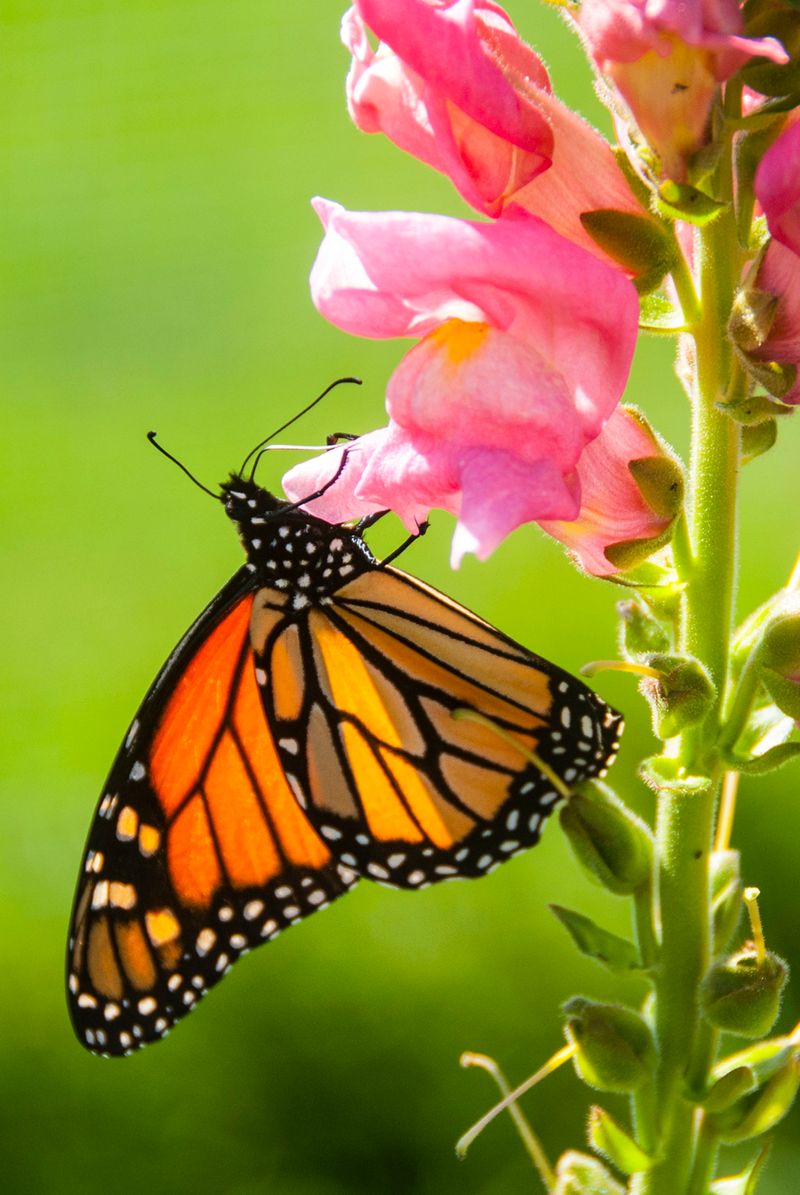
Monarchs are lovely, but here’s the problem
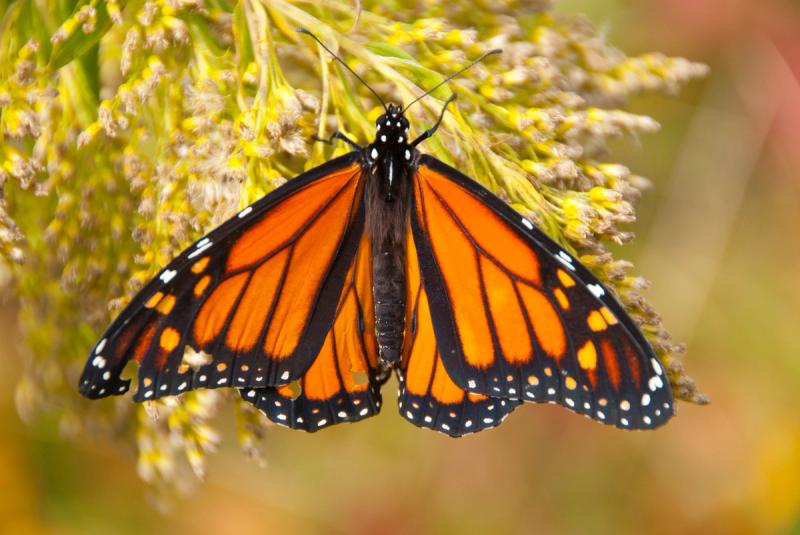
Milkweed—with its proud stalks and distinctly large leaves and blossoms—is by no means a favorite plant of farmers. It’s not called milk“weed” for nothing! Even though monarch butterflies are always welcome as pollinators, many farmers and homeowners destroy milkweed plants on sight for a number of reasons. Let’s face it—milkweed is indeed poisonous and can be a health hazard to livestock.
Milkweed is also invasive, and spreads rapidly, sometimes forming large patches which can increase in size over the years. And, like thistles or dandelions, milkweed seeds spread through wind dispersion—a very effective method that permits the seeds to travel widely. For these reasons, agriculture has tended to frown on milkweed in the past (eliminating milkweed plants on farms was mandatory in Ontario) although the plight of the monarch may now be influencing this view somewhat.
Growing milkweed
If you aren’t bothered by milkweed and you’d like to help the Monarchs, it helps to supply the adult butterflies with a place to lay their eggs during their annual migrations. Or perhaps you enjoy the simple elegant appearance of the milkweed blossoms.

If you’d like to experiment with cultivating milkweed intentionally, you can certainly grow milkweed from seed. Some available varieties include:
- Common Milkweed
- Swamp Milkweed
- Butterfly Milkweed
- Purple Milkweed
- Showy Milkweed
Milkweed enjoys full sun and soil that is initially quite moist as the seeds develop, and then not overly damp after that. Even if you don’t get blossoms the first year, the milkweed plants will still serve your caterpillar-feeding purposes. To prevent unwanted sowing, collect the brown seed pods in the fall before they burst loose and blow fluff everywhere! You can then use the seeds next year to plant in a preferred location.
But do take care not to let the plants escape from your garden and into the wild where others may not appreciate them.
(Caution: Remember that milkweed is poisonous and can cause skin irritation, so you’ll want to wear gloves whenever handling the plants.)
Good luck with your blossoms and your butterflies!
Learn more:
You can start a Monarch butterfly garden!
https://monarchbutterflygarden.net/how-to-start-monarch-butterfly-garden/
Tags:Country Critters

Acreage Life is part of the Catalyst Communications Network publication family.





